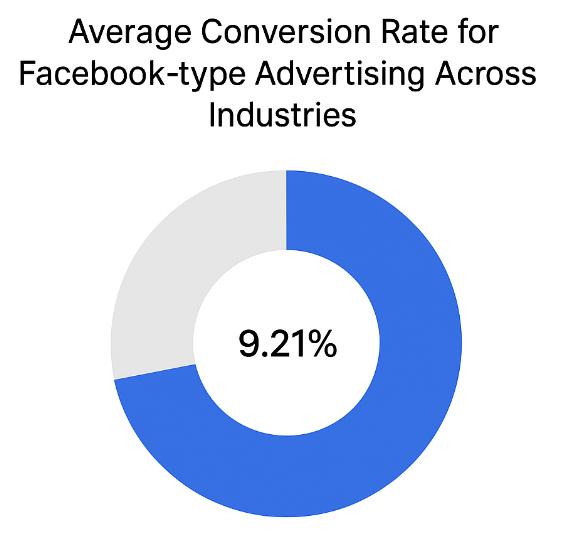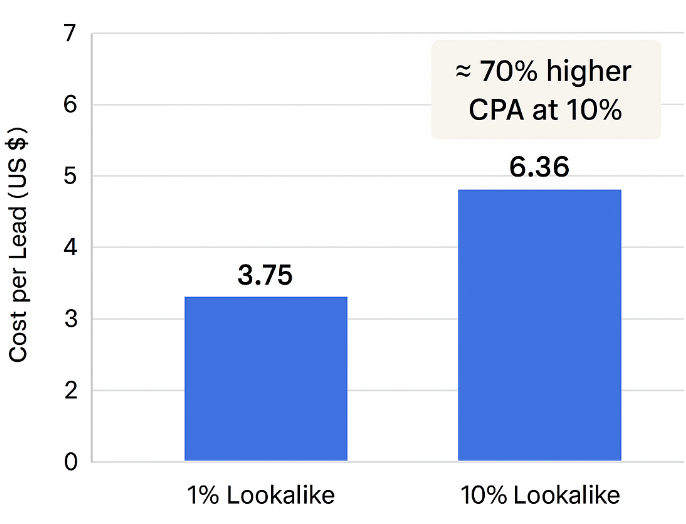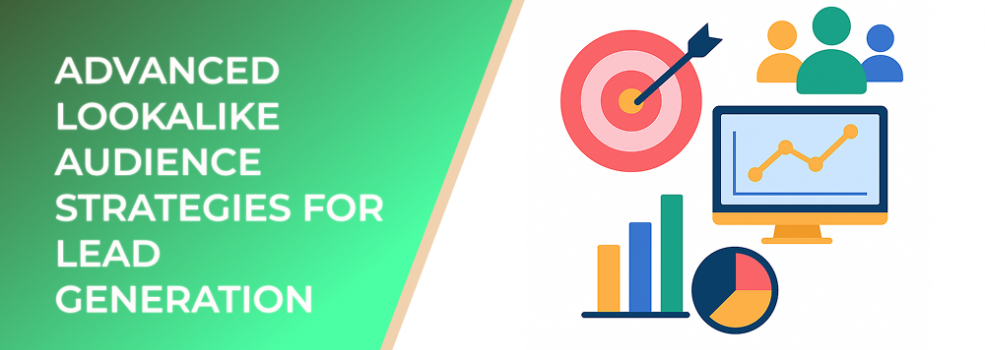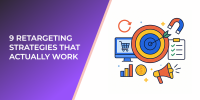In this article, we dive deep into how to refine audience targeting and convert data into real, high-quality leads.
Understanding Lookalike Audiences
Lookalike audiences are a powerful method to expand reach beyond existing customers while maintaining a focus on relevance. By using data from high-performing audiences, marketers can find new prospects who share similar behaviors, interests, and demographics.

Industry benchmark: average conversion rate for Facebook-style ads (~9.21%)
According to a 2024 HubSpot report, companies leveraging data-driven audience segmentation see 60% higher conversion rates than those using generic targeting. This makes advanced lookalike strategies not just optional, but essential for efficient lead generation.
Step 1: Refine the Source Audience
The effectiveness of a lookalike audience depends heavily on the quality of the source data. Instead of uploading all customers, focus on those with the highest lifetime value, frequent engagement, or strongest brand loyalty.
Tip: Analyze your top 10% of converters and use them as the seed audience. This refined approach often results in a 25–35% improvement in ad engagement rates, as reported by multiple digital advertising benchmarks.
Step 2: Layer Behavioral and Interest-Based Signals
Modern ad platforms allow multi-layer targeting—combining lookalike modeling with behavior or interest filters. For example, pairing a 1% lookalike audience with an interest filter related to your product category can increase click-through rates by up to 40%.
By layering data this way, marketers avoid broad, low-converting audiences while maintaining scalability.
Step 3: Experiment with Audience Size Variations
Smaller lookalike audiences (1–2%) yield higher similarity but may limit reach, while larger audiences (5–10%) allow more visibility with slightly diluted accuracy. Running A/B tests across these audience tiers helps identify the optimal balance between precision and scale.

Cost per lead by lookalike audience size – 1 % vs 10% tiers (AdEspresso study)
A Facebook Business study found that advertisers testing multiple audience sizes experienced 17% lower cost per acquisition compared to those sticking to a single lookalike group.
Step 4: Refresh and Update Lookalikes Regularly
Customer behaviors evolve over time. Updating seed audiences every 30–60 days ensures lookalike modeling reflects current market conditions and engagement patterns.
Brands that refresh their lookalike segments quarterly report 12–18% higher ROI from social campaigns compared to those that don’t update their data.
Step 5: Combine Lookalike and Retargeting Strategies
Pairing lookalike targeting with retargeting can form a powerful lead-generation loop. While lookalikes bring in fresh leads, retargeting nurtures them through the funnel. When done correctly, this dual strategy can boost conversion rates by up to 50%.
Final Thoughts
Advanced lookalike audience strategies allow marketers to balance scale with precision—reaching the right people, not just more people. By focusing on quality data, strategic layering, and continuous optimization, businesses can consistently turn audience insights into actionable growth.

